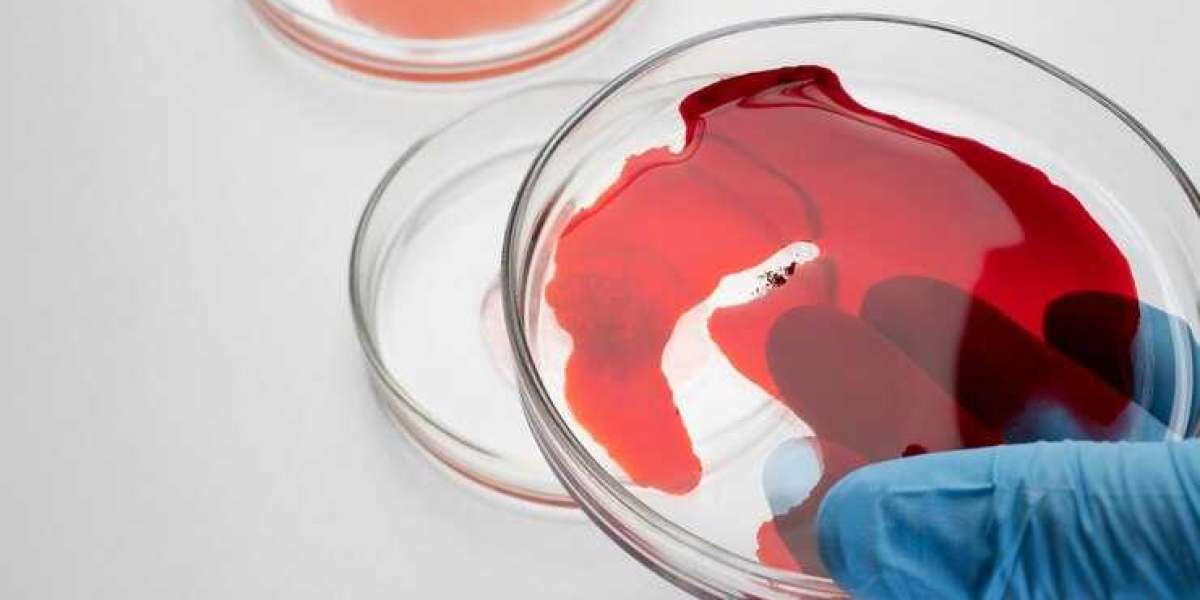Hemochromatosis is a genetic disorder characterized by excessive iron accumulation in the tissues of the body. It is often called hereditary hemochromatosis as it is passed down through families. The excessive iron is absorbed from food into the body and not regulated properly. Over time, the iron build up can damage organs like the liver, heart and pancreas if left untreated.
Causes and Risk Factors
Hemochromatosis is an autosomal recessive genetic disorder caused by mutations in the HFE gene. This gene normally regulates the intestinal absorption of iron from food. The two most common mutations are C282Y and H63D. A person must inherit two copies of the mutated gene, one from each parent, to develop symptoms of hemochromatosis. Those who inherit one mutated copy and one normal copy are considered carriers and usually do not experience problems from iron overload. Caucasian males are at highest risk as the mutations in the HFE gene are most prevalent in those with European heritage.
Get More Insights On- Hemochromatosis
Resources-
Hemochromatosis Awareness: Tips for Early Detection and Prevention
What are the Key Developments in the Hemochromatosis Market?














